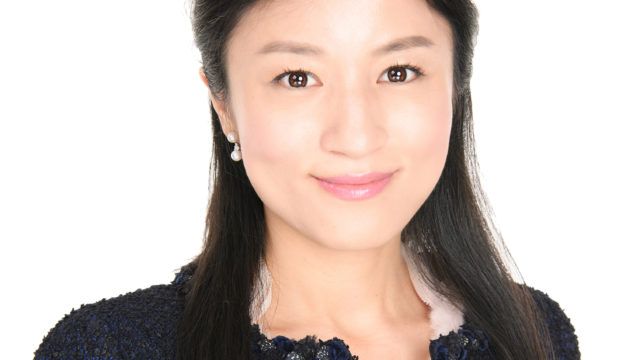Sophia Li, First State Stewart Asia
Japan has an acute shortage of securities analysts covering medium and small cap companies, Li said. “The market has been out of favour for more than 20 years. Sell-side firms in Japan have been consistently cutting employees.”
Additionally, Japanese university graduates often choose the buy-side or a trading firm over a securities firm, attracted by a firm’s prestige or the prospect of secure, ideally life-long, employment.
The situation creates opportunity for fund managers who are willing to do the legwork in analysing the under-analysed small- and mid-cap companies, Li said.
Li is the lead manager of the First State Japan Equity Fund. She works with co-manager Martin Lau, managing partner at First State Stewart Asia, and the lead manager of several Asia-Pacific and Greater China strategies. Li and Lau are supported by a team of three Hong Kong-based analysts.
The fund’s bottom-up stock selection process is guided by themes. Li named four themes which are currently prominent in her portfolio: Factory automation, drugstores, labour shortage and business consolidation.
The factory automation theme zeroes in on companies building robots and sensors for the manufacturing sector. Drugstores are increasingly often seen as one-stop shopping destinations for Japan’s ageing population, as they provide a growing range of products and edge out specialised retailers of cosmetics and other everyday goods.
A labour shortage is transforming Japan’s relatively stagnant job market. Since workers traditionally change jobs much less frequently than in the West, even a small change in labour mobility will create opportunities for recruiting companies. Li also likes companies providing a temporary workforce and those that negotiate fringe benefits, as they become an attractive part of employees’ compensation.
As business owners from the post-war generation reach retirement age, many will choose to sell their companies, creating opportunities for certain companies to grow through acquisitions. “We own some of the big drugstore companies which can grow both organically and via M&As,” Li said.
Small- and mid-cap bias
The fund’s mostly bottom-up approach has resulted in the focus on small- and mid-cap companies. It has also steered the fund away from main Japan equity indices. “We have never owned mega-banks, utilities or telecom companies,” Li said.
Li and Lau work with a watchlist of around 200 companies. Their approach is “more like art than science”, Li said. She builds conviction in a company based on conversations with their management, as well as interviews with suppliers, customers, competitors, former employees and analysts.
The fund is benchmark-agnostic, with a high active share of 90%, according to Li. It is also a high-conviction fund, with 46 holdings at the end of May and 43% of the portfolio in the top ten names, according to Morningstar.
Japan risk
Li said a characteristic of the fund is that it tends to underperform during a bull market due to the lack of exposure to financials and other cyclical stocks. “We tend to outperform during a bear market and underperform in a bull market,” Li said.
In the month of February 2018, when major global markets were down, the fund fell -3.43% vs the index (-4.9%), according to FE data.
Another risk is lack of liquidity. Small companies with little or no analyst and media coverage tend to be traded less, which raises the potential for liquidity issues.
There are also concerns over currency exposure and the possibility of a global trade war. Li believes those risks are mitigated by the fund’s balance of domestically-oriented companies, which constitute at least 50% of the fund, and global ones, defined as those that derive more than half of their revenue from abroad.
First State Japan Equity Fund


















